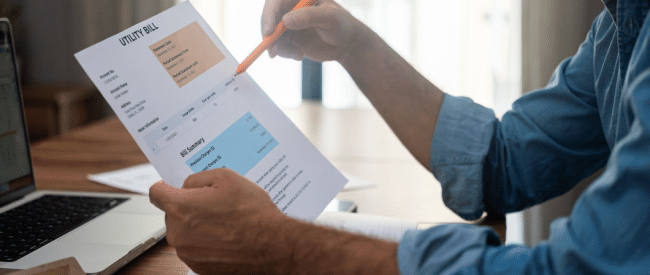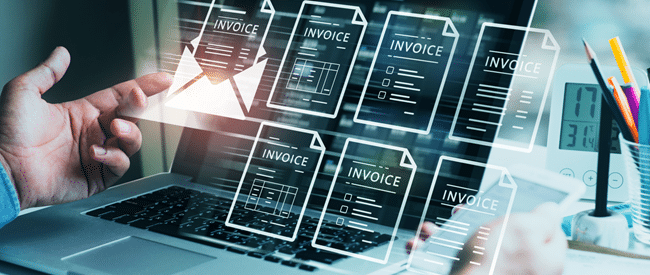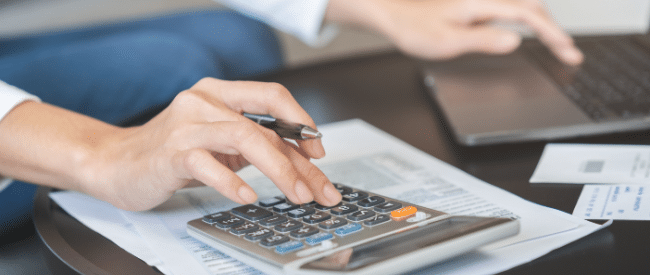Judging by my NextDoor feed, people are up in arms about how much their utility bills have risen since the start of summer, with little to no explanation and little to no recourse. It’s a telling example of the utility industry still playing catch up when it comes to successfully communicating and focusing on customer experience (CX).
As critical CX touchpoints, billing and customer communications that are effective and transparent are only becoming more important as utilities seek additional rate increases to meet AI’s thirst for power by adding generation and transmission capacity while also replacing aging infrastructure. Data centers multiplying across the U.S. will need 22% more grid power by the end of 2025 than they did one year earlier and nearly three times as much in 2030, according to S&P Global.
Any new hikes would follow sharp increases in recent years, with residential electricity costs up nearly 30% since 2021 and a nearly 40% jump in residential gas costs since 2019, according to federal data analysis by nonprofit PowerLines.
Not surprisingly, CX and omnichannel customer communications, including how AI can bolster both, will be central topics for energy and water utility leaders at the WE3 Annual Summit 2025 in early November. I’ll be there and would love to meet with other attendees to discuss how utilities can elevate customer communications experiences.
The imperative to improve customer communications
Too often, utilities are falling short on choice, convenience, personalization and even the content of their billing and customer communications, aggravating consumers and driving up their own operating costs.
- 56% of Americans do not understand what drives utility price increases, according to a 2025 PowerLines poll.
- Customer communication efforts including digital communications and bill-based messaging “are failing to connect with customers,” contributing to a decline in brand reputation, according to 2025 J.D. Power research on electric and gas utilities.
- Poor communications lead to more and longer customer service calls. According to a 2023 survey by E Source, it costs large utilities an average of $9.54 per customer service call.
Lacking modernized customer communications management systems and capabilities, many utilities also significantly lag other industries in providing the kinds of digital, mobile and self-service communications and payment experiences that customers want. This disconnect is widening the gap between utility leaders and lower performers:
- A 2025 J.D. Power study found that 28% of the largest U.S. utilities still do not offer a mobile app, and many existing apps fail to meet basic usability standards.
- Some utilities provide a fragmented experience across channels, frustrating customers.
- Only a minority of utility digital communications offer advanced features such as consumption analytics.
Did you know that integrated communications and payments improve customer satisfaction? Download our white paper to see the how it can deliver a better experience that drives repeat business and referrals.
Shifting to customer-centric communications
Utilities can quickly enhance communications CX and meet customer expectations with a cloud-based omnichannel CCM platform that easily integrates with their legacy systems without requiring a heavy IT lift. Unifying development and delivery of print and mail, email and text communications on a single platform enables providers to cater to each customer’s channel preferences and adopt other best practices that transform their outreach. Including efficient statement printing and mailing through the CCM platform ensures that customers who prefer or require paper-based communications remain engaged and informed.
For rate increases, utilities can leverage the CCM platform to create and execute ongoing, customer-focused communications experiences:
- Give advance notice: Give customers as much advance warning as possible to allow them to budget for the changes.
- Be specific: Provide details on how the change will affect their monthly bills and expenses
- Be transparent: Explain the reasons for the increase, using clear and empathetic language.
- Break down costs: Provide a detailed breakdown of where the money goes, such as investments in reliability, fuel and water costs, or energy efficiency programs.
- Call out efficiency efforts: Communicate initiatives to manage costs internally and keep rates as low as possible. Describe sustainability goals and progress.
- Explain value and benefits: Explain how the rate increase will lead to service or infrastructure improvements that benefit customers, such as better reliability or green energy generation.
- Provide additional information: Link to an FAQ on digital communications and include scannable QR codes on printed bills. Provide guidance on energy efficiency programs, energy-saving tips, and ways customers can track their usage.
- Use multiple communication channels: While digital options have become dominant, 26% of water and sewer bills are paid when the paper bill arrives in the mail, according a doxoINSIGHTS 2025 report. Make the most of multiple methods such as mail, email, text and mobile apps.
- Add visuals: Graphs, videos and other visual content can make it easier to understand complex topics like rate structures.
- Highlight financial assistance options: Clearly explain available programs, such as payment assistance, levelized billing, or other support for customers who are struggling. Explain how to apply for state programs that subsidize utility bills for low-income residents.
Let’s make proactive communication easier for your team – and clearer for your customer. Get in touch to see what’s possible with Nordis.
Key takeaways:
- Consumers are confused and angry about rising utility prices and what they see as a lack of explanation for them.
- Utilities are still lagging other industries when it comes to successfully communicating and delivering customer experiences that consumers want.
- Customer communications management (CCM) software with omnichannel capabilities allows utilities to quickly enhance CX, especially when seeking and receiving rate increases.







